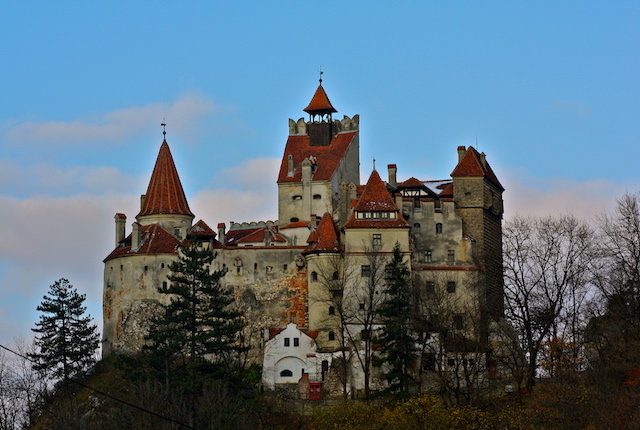
Photo courtesy of Flickr/Kyle Taylor
There’s something spooky about Bran Castle, a gothic fortress built atop a cliff in Romania. Situated in Transylvania, the property draws over half a million travelers each year, and is the number one (and perhaps only, save for the restaurants and markets doling out local meats, cheeses, and mulled wine) tourist destination in the village of Bran. From the moment I stepped onto the grounds -- and meandered my way through the castle's 57 rooms -- I felt something eerie blanket my skin.
The property, which is well-known as Dracula's Castle, is widely believed to have inspired Bram Stoker's famous novel. Interestingly enough, Stoker never visited the castle, let alone Romania. Instead, he modeled Dracula’s castle after the information he’d read about Romanian castles as well as the blood-sucking vampires and evil spirits in Romanian folklore. However, the castle in his "Dracula" is best depicted by Bran Castle, which leads people to believe that they’re one in the same.
Photo courtesy of Flickr/Grigory Gusev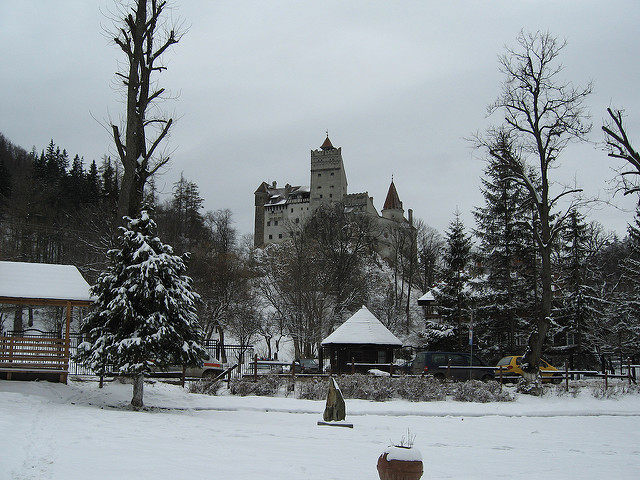
Similarly, his infamous character is believed to have been modeled after the actual prince of Wallachia, Vlad III (or Vlad Tepes in Romania). Stoker, however, was careful to never state that his character was connected to a real, historical figure. The prince of Wallachia also went by the names Vlad the Impaler and Vlad Dracula and was well known for fending off the Ottoman Turks. Appropriately, his nickname Vlad the Impaler is said to depict his preferred method for killing foes. Still, while history tells us that he could be shockingly cruel as a ruler, he was certainly not a blood-drinking vampire.
Photo courtesy of Flickr/ssantastic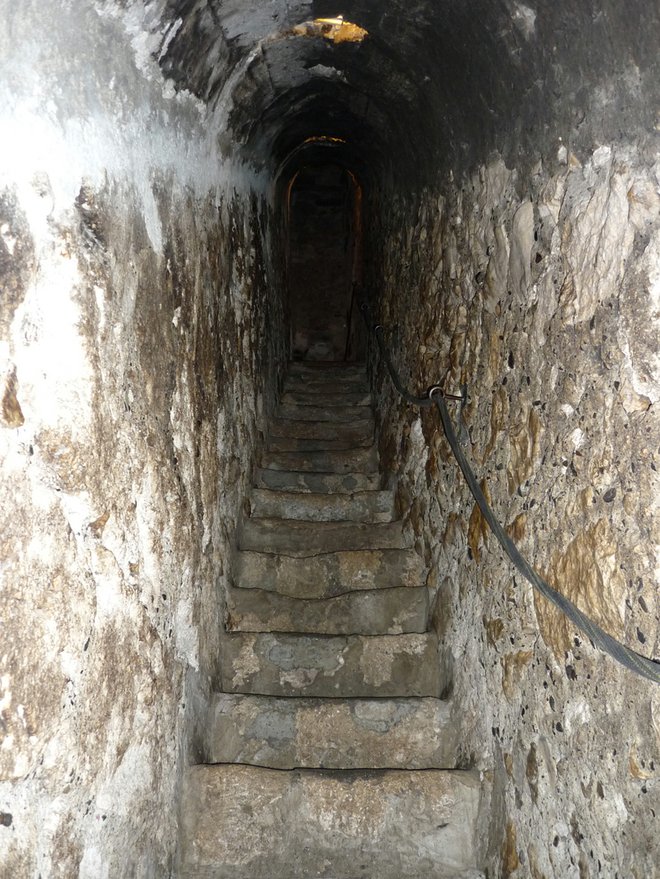
Bran Castle, which was once an occasional home for Vlad III, was built in the 14th century by Romanians as a fortress to protect against the invading Ottoman Turks. It was positioned on top of a cliff, so that one could keep watch for approaching enemies along the crucial highway that lay below (the highway connected Transylvania to southern Romania).
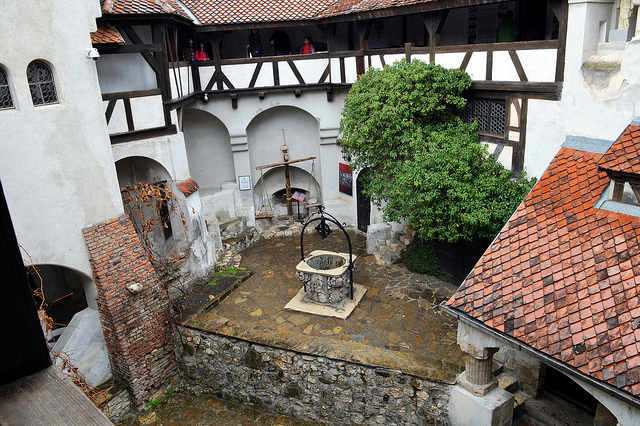
Upon entering the building, the images I had seen of the castle during my research played through my mind as if on a movie reel. Among the 57 rooms inside, there was a stone secret passage that was so narrow you could only travel through it in a single file. There were also winding wooden staircases that felt as if they were leading to nowhere and a large courtyard in the middle that was equipped with a cauldron. Since being restored in the late 1980s and becoming a museum that celebrates Romanian folklore, Bran Castle has been filled with unique art and furniture that once belonged to Queen Marie of Romania as well as medieval torture weapons. So whether you’re a history buff, castle enthusiast, or simply a tourist looking to see something unique, Bran Castle makes for a fascinating visit for all ages and interests.
Photo courtesy of Flickr/Antony Stanley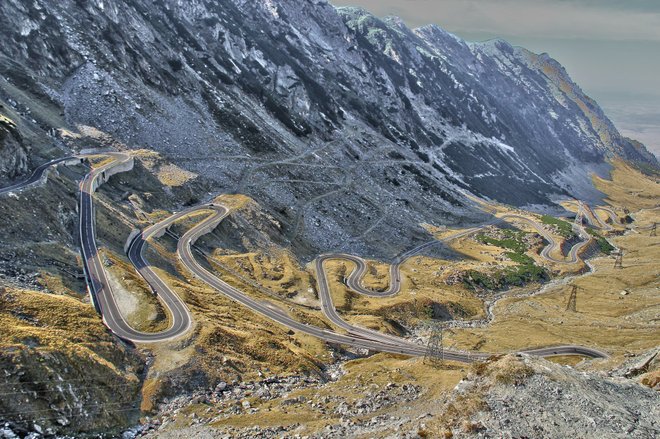
Beyond the castle, Romania — much like its neighboring, often-overlooked countries like Bulgaria and Serbia — has plenty to do and see, making it one of Europe’s best-kept secrets. Autumn is arguably the best time to visit, when the fall foliage decorates the landscape and the Carpathian Mountains aren’t yet covered in snow. The country is also brimming with friendly locals, medieval towns, and other gorgeous castles. Plus, its home to two of the most spectacular (and dangerous) roads in the world, Transalpina and Transfagarasan (both cut through the Transylvanian Alps). Their high altitudes and mesmerizing scenery of rolling hills and stunning lakes make both roads worth braving. While there, visit Romania’s capital, Bucharest, which is home to one of the world’s largest parliament buildings, exciting nightlife, hidden churches, and tasty food. Or, visit Brasov, the second largest city in the country, for its sweeping views from the top of Mount Tampa and more than 500-year-old gothic-style Black Church. The best part? Both cities are a short car ride (Brasov is about a half-hour away, while Bucharest is under three hours) from Bran Castle.
Related Stories:
- 8 Reasons You Should Visit Bulgaria Now
- 7 Reasons Why Budapest Is Better in the Winter
- How to Spend 72 Hours in Prague
All products are independently selected by our writers and editors. If you buy something through our links, Oyster may earn an affiliate commission.



